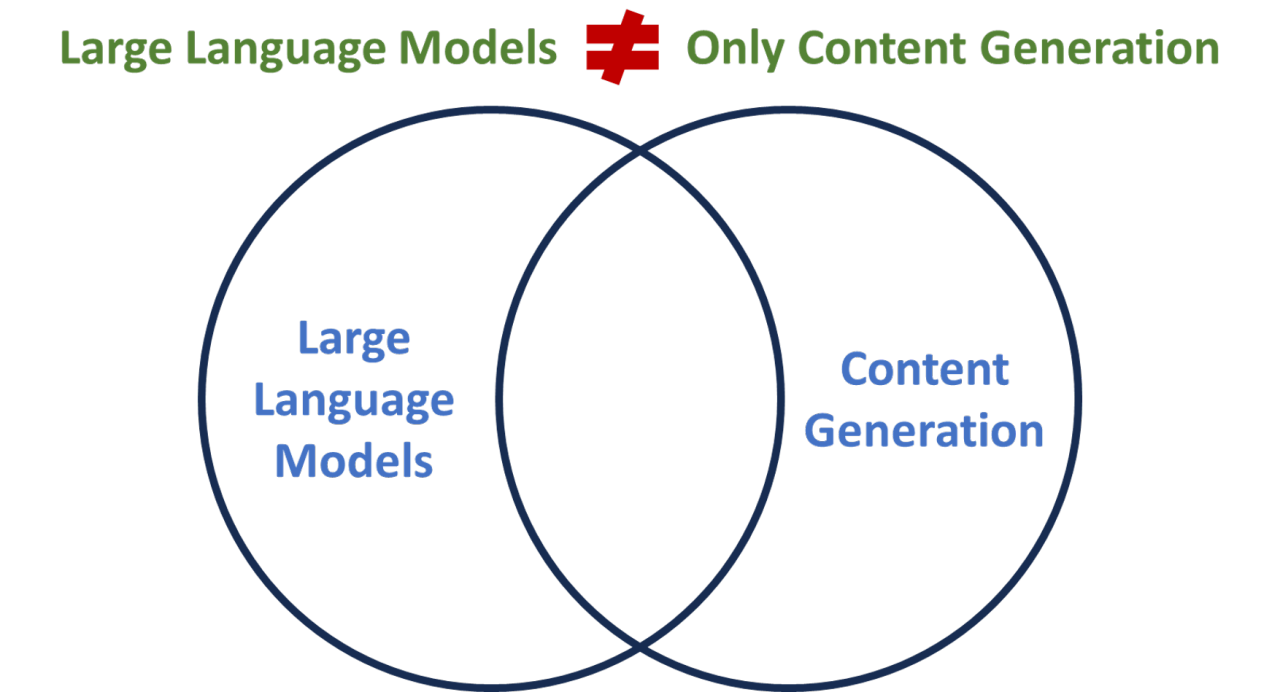
Charts And Graphs Are Like Jokes
KENNESAW, Ga. | May 6, 2021
Everyone is familiar with the age-old adage that if you must explain a joke after you tell it, then the joke will be a flop. The same principle is true when you put data in front of a live audience, whether with a table, a graph, or a chart. This blog will clarify what seems at-first an unlikely comedic connection.
The Link Between Comedy And Analytics
No matter how funny a joke may be, it will not be funny if someone does not immediately
understand what it is that makes the joke funny.

I often ask my audiences how they feel charts and graphs are like jokes when I am discussing this topic during a session. Over time, I have received several good answers beyond the one I am looking for when I ask. Some of the legitimate ways that audience members have tied jokes to charts and graphs include:
a) Most are bad
b) Few people are good at delivering them
c) The best ones are simple
d) Context can heavily influence audience reception
e) If you have to explain it, you’ve failed
All of those are true, but for this blog, we are going to focus on answer e). Just as you’ve failed in your humor if you have to explain your joke, you’ve failed in your analytics presentation if you have to provide an explanation for your charts and graphs.
Why Simplicity Matters
Whatever format your data is presented in, it is important that it is easy for your audience to comprehend the core information and the point you are making about that information very quickly and with limited effort. If you achieve this, then the audience will remain focused on the narrative and context that you provide to support the chart or graph. This is important for several reasons:
- When you are presenting, you want people listening to you and the story you are telling.
You do not want them struggling to understand the data projected on the screen
- The more an audience struggles to understand what you are showing them, the more they
lose interest and the lower your credibility goes
- People trust experts that they understand. Want to be trusted? Then be understood!
- People walk away impressed and thinking highly of a presentation if the information
provided was clear and easy to comprehend
- Technical experts have a reputation for being hard to understand, so if you can surprise the audience by making things simple, you will have a win
As you develop a presentation, always force yourself to look at what you have drafted through the eyes of the audience it is intended for. What may seem obvious and simplistic to you as an expert may not be perceived the same way by an audience that lacks your expertise and experience. You are used to looking at complex measures and comparing them on the fly. Your audience won’t be as comfortable with that as you are and will need to have information provided at a level that they can easily absorb.
Make Your Audience Want To Attend Another Show
People will not go see a comedian a second time if many of the comedian’s jokes are hard to understand because that takes the fun out of the show. Similarly, if you spend a lot of time explaining your charts and graphs, the audience will not be inclined to come to another presentation of yours (at least not happily).
With a little effort and attention, you can create a presentation that includes compelling and effective charts and graphs while also enabling your audience to easily follow along. To do this you must always remember that as with a joke, if you must explain a chart or graph for people to get your point, then you have failed.
Note: This blog is based on content from an upcoming, but as yet unnamed, 2022 book with Wiley on presenting technical content to non-technical audiences.
By Bill Franks | May 6, 2021
Originally published by the International Institute for Analytics


















